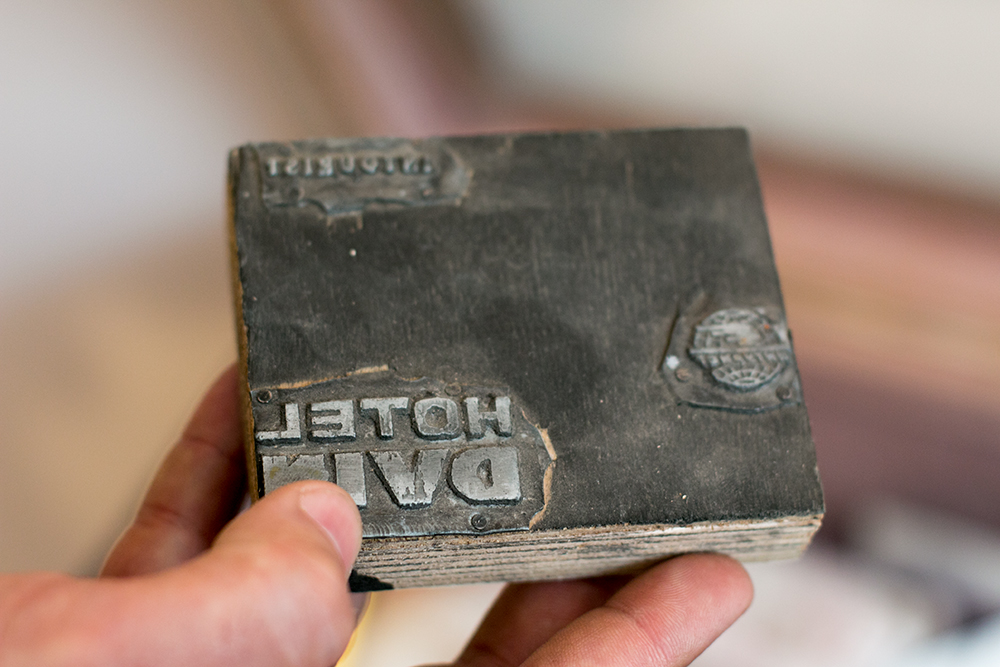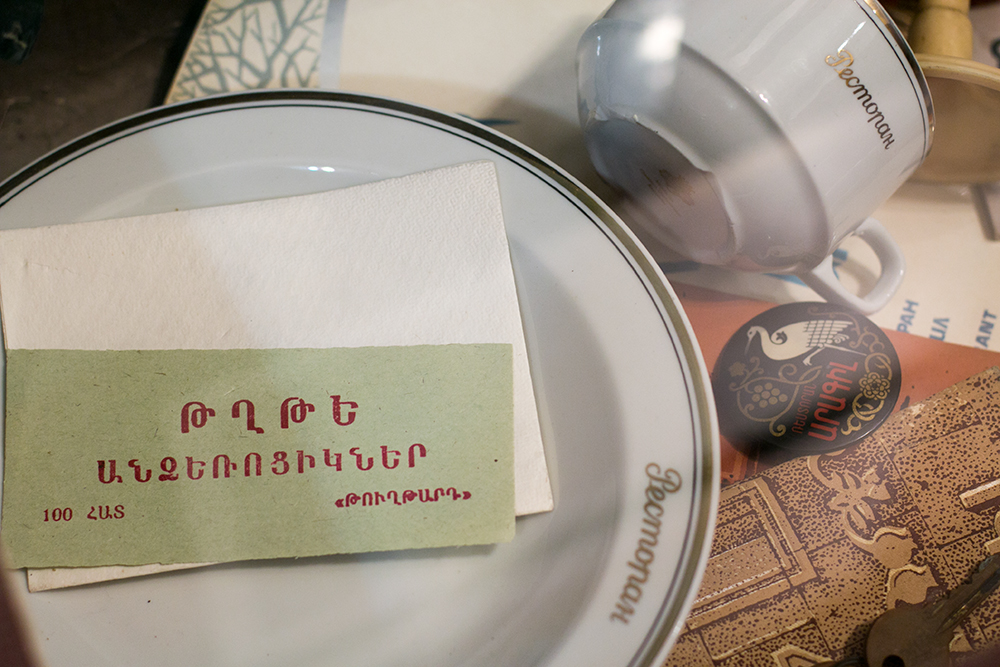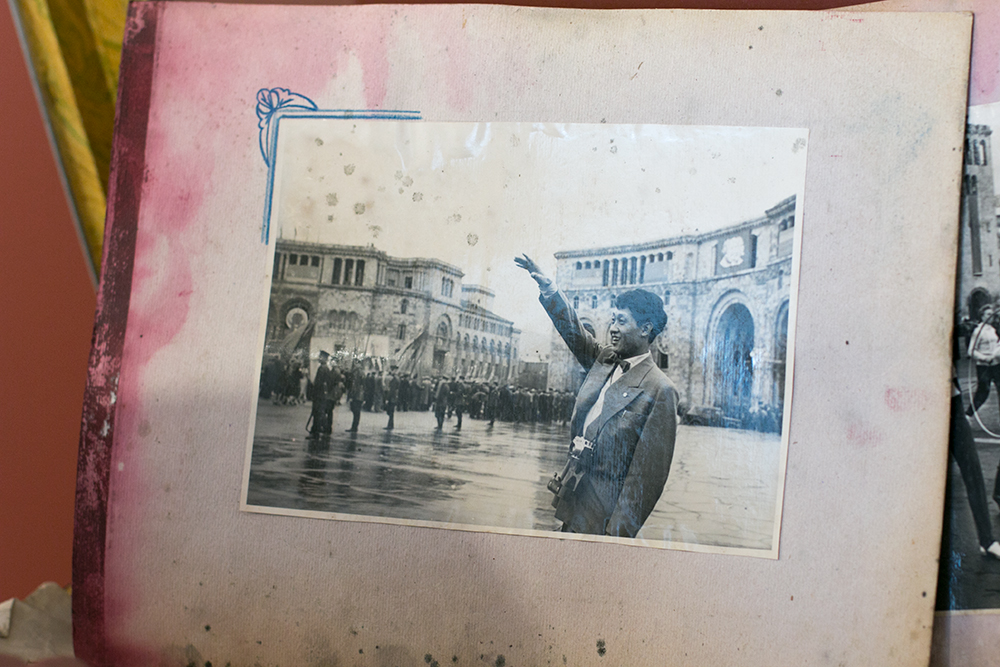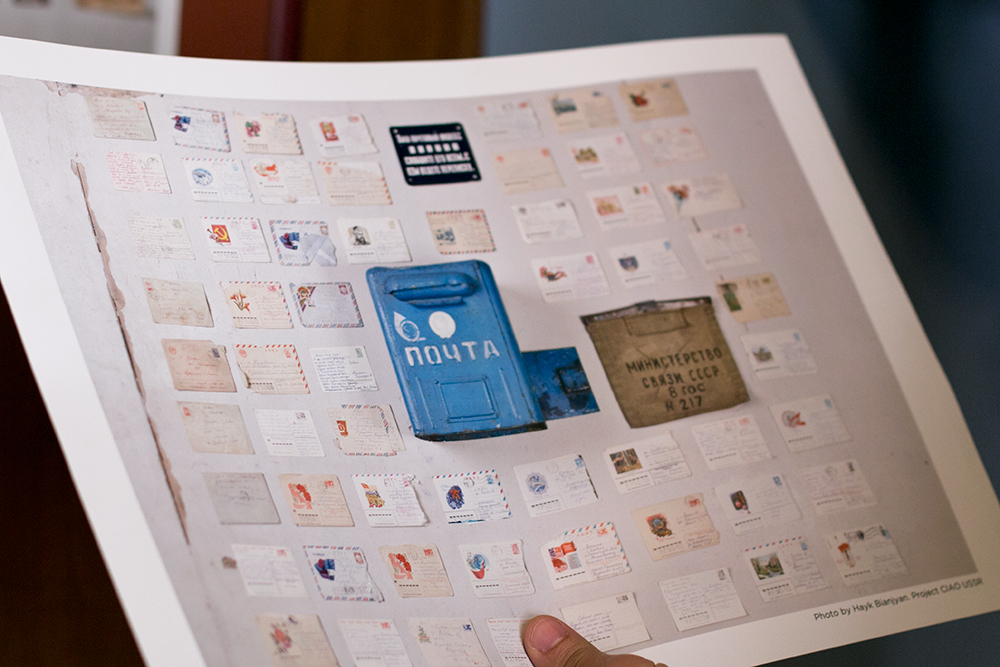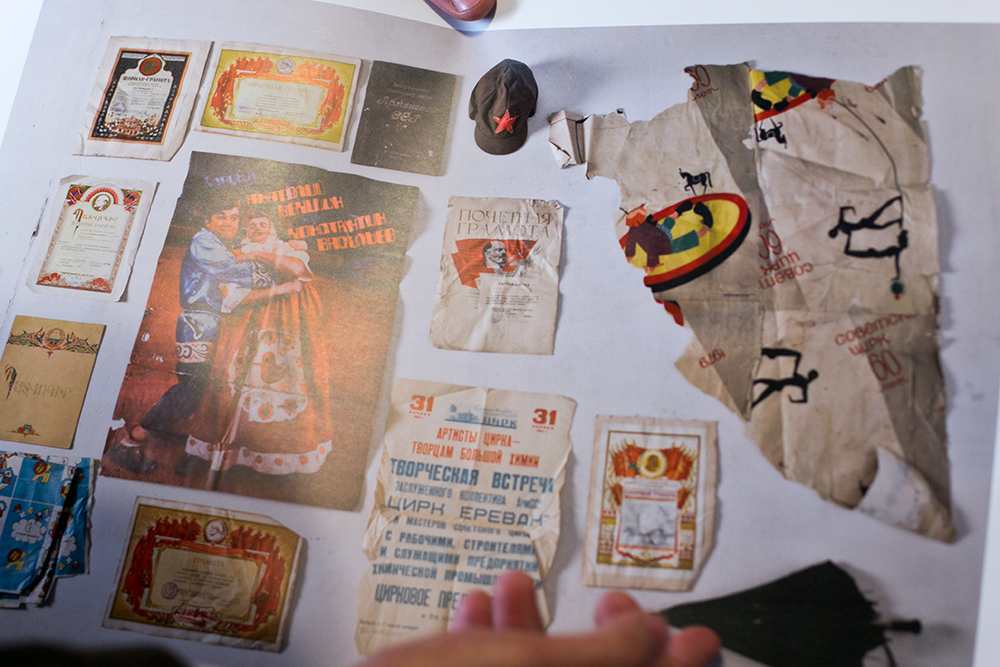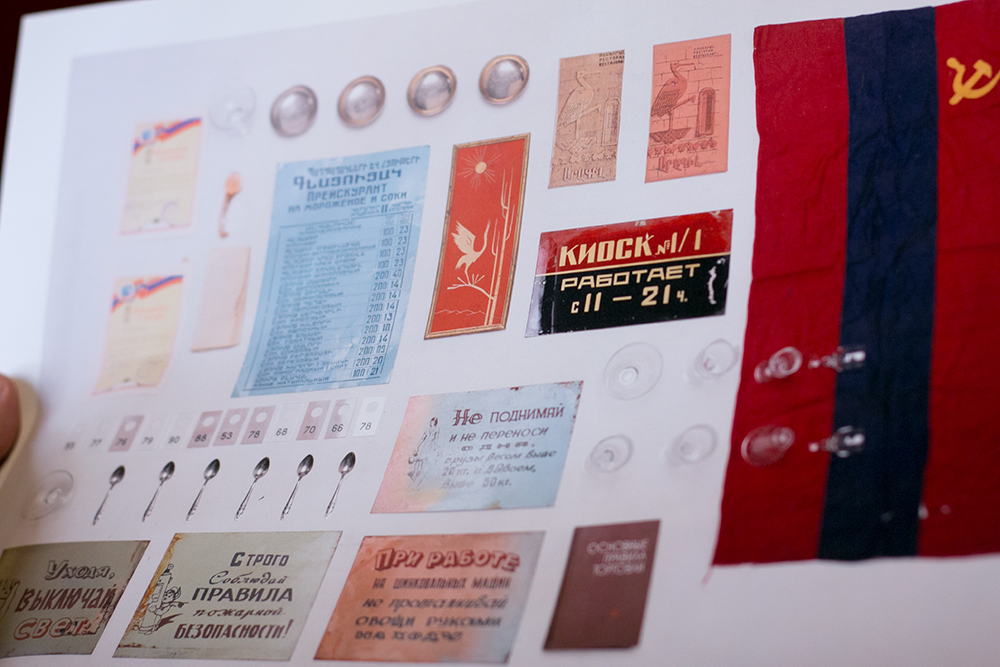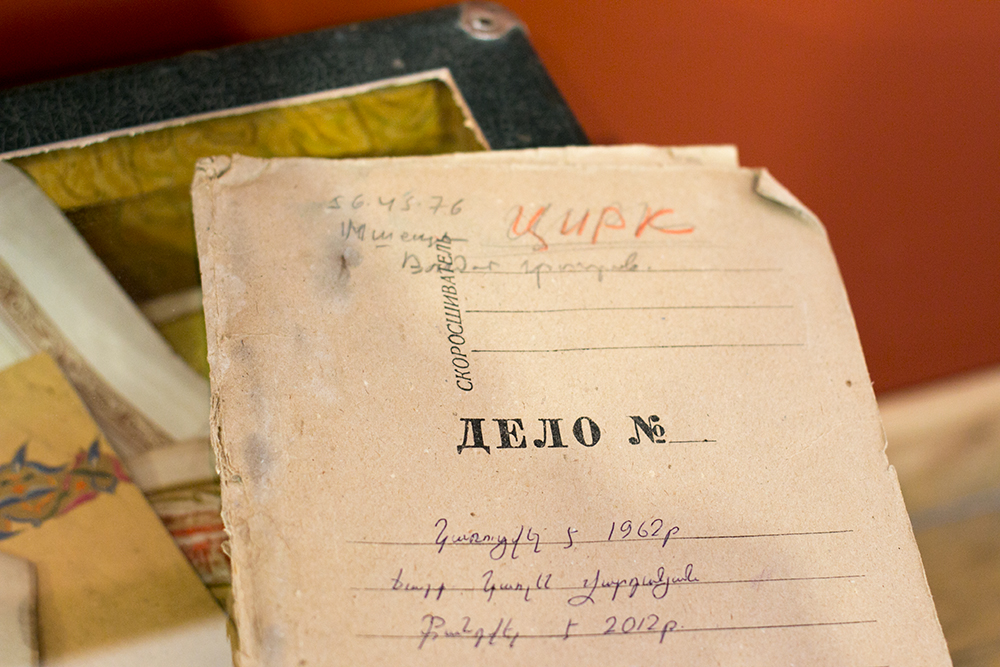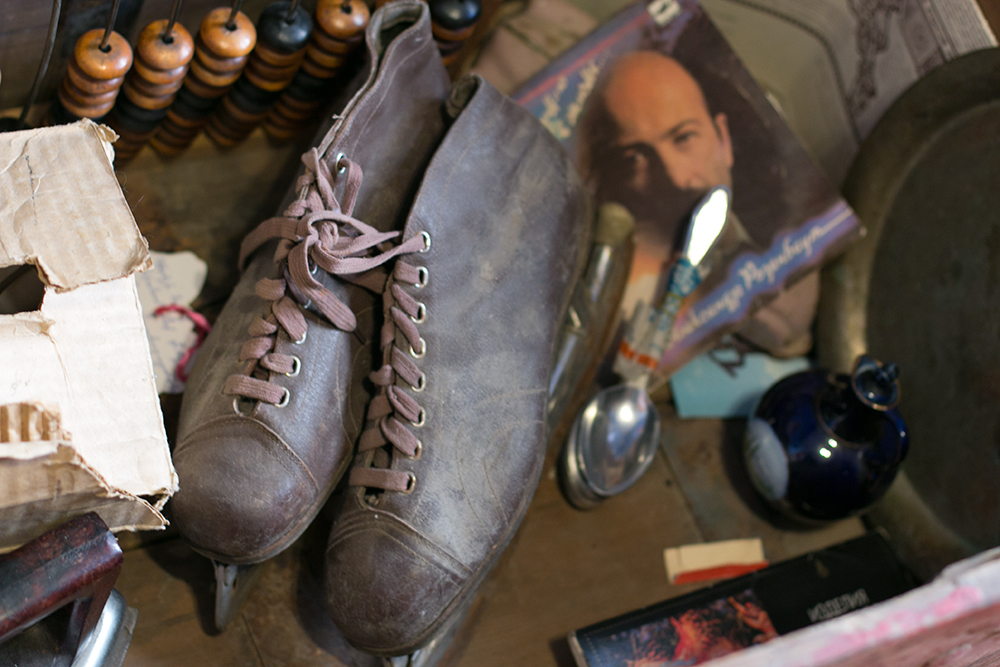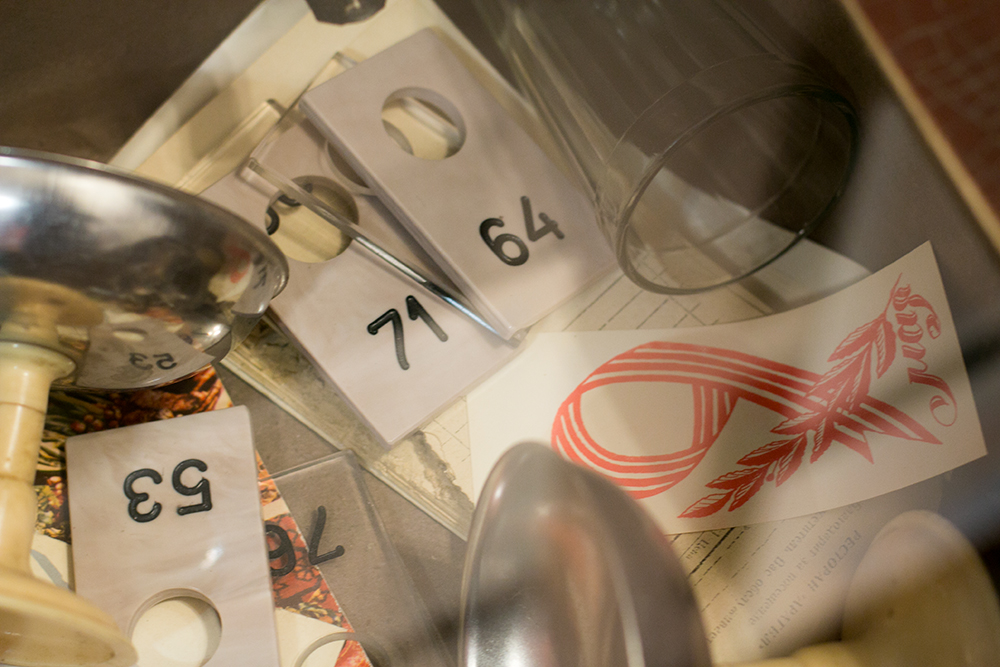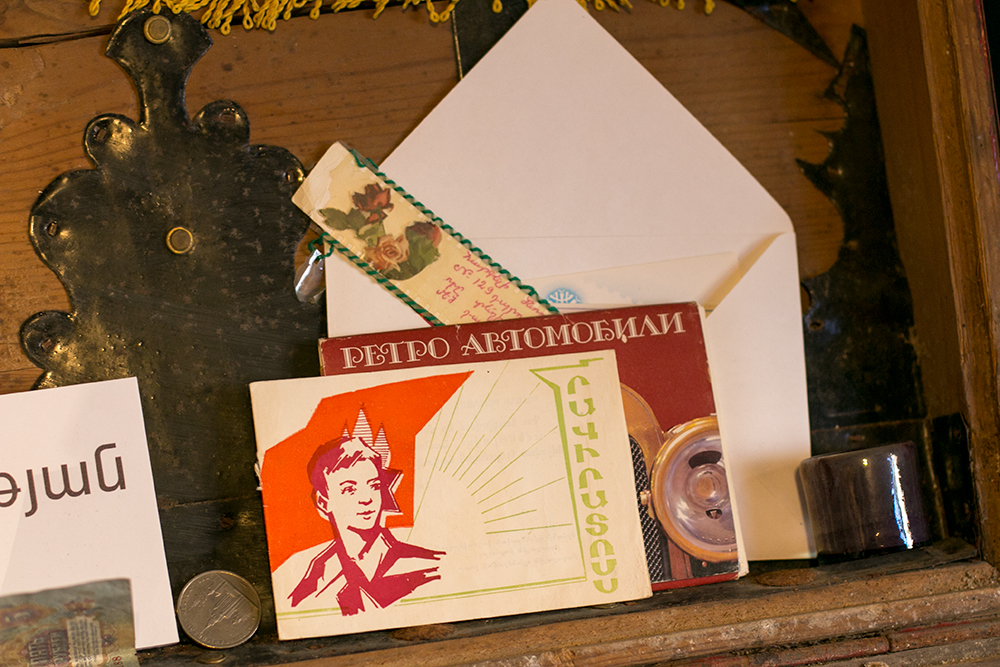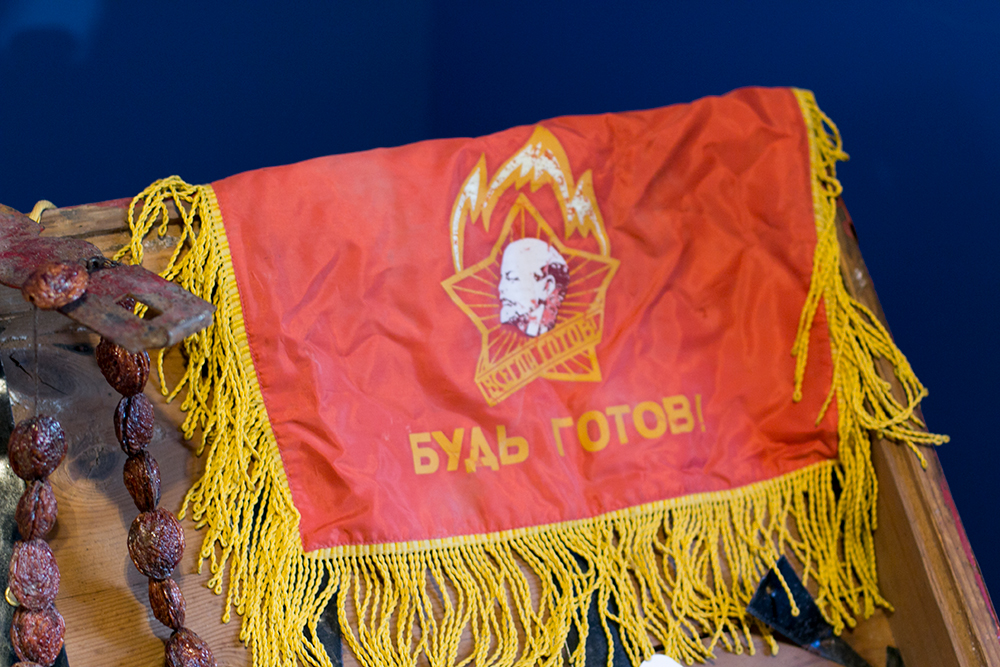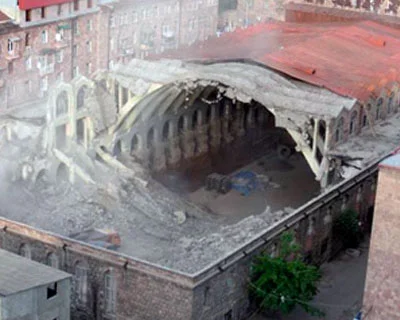Each year in April I’m taking a week off and leaving for Yerevan, Armenia to spend some time with friends and family. As the weather in Yerevan was lovely I spent most of my time strolling through the city, taking pictures and visiting the museums (believe me, my 'to-visit' list is still quite long;) ).
Absolutely loved the new halls of Matenadaran (The Museum of Ancient Manuscripts), was pleasantly surprised afters visiting recently opened Komitas Museum Yerevan, felt nostalgic at the “Ciao USSR” exhibition by Hayk Bianjyan, and find out that there is a Museum of Printing to be opened in Yerevan in May/June. So I definitely have to go back to visit it (though I'm not sure if there will be any moveable type on display).
In the following posts, I’ll try to tell you about people I’ve met and places I’ve visited during my short stay in Yerevan. In this post, I want to tell you more about a documentary photographer Hayk Bianjyan and his “Ciao USSR” exhibition hosted in a newly opened Sargis Muradyan Gallery.
Since 2003 Hayk Bianjyan (b. 1977) has been documenting the violation of property rights in Yerevan. With a camera in his hands, he tries to preserve the architecturally and historically significant structures in Yerevan, Armenia’s 2,797-year-old capital.
This exhibition showcases not only photos, taken by Hayk, showing what has happened to the famous buildings and monuments of Yerevan in the Soviet era over the past decade, but also a number of objects from everyday life.
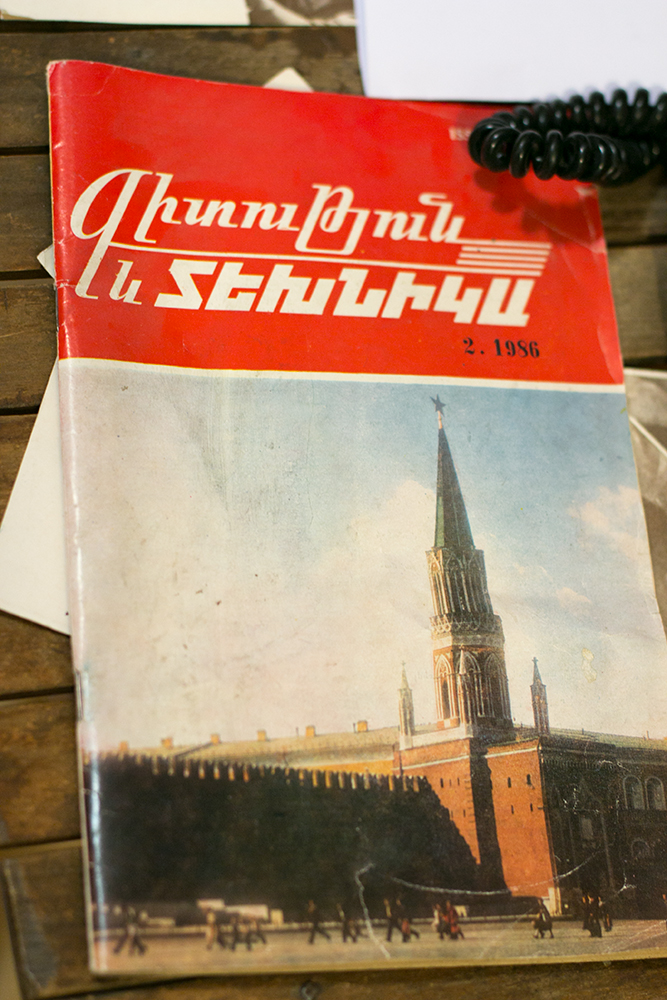

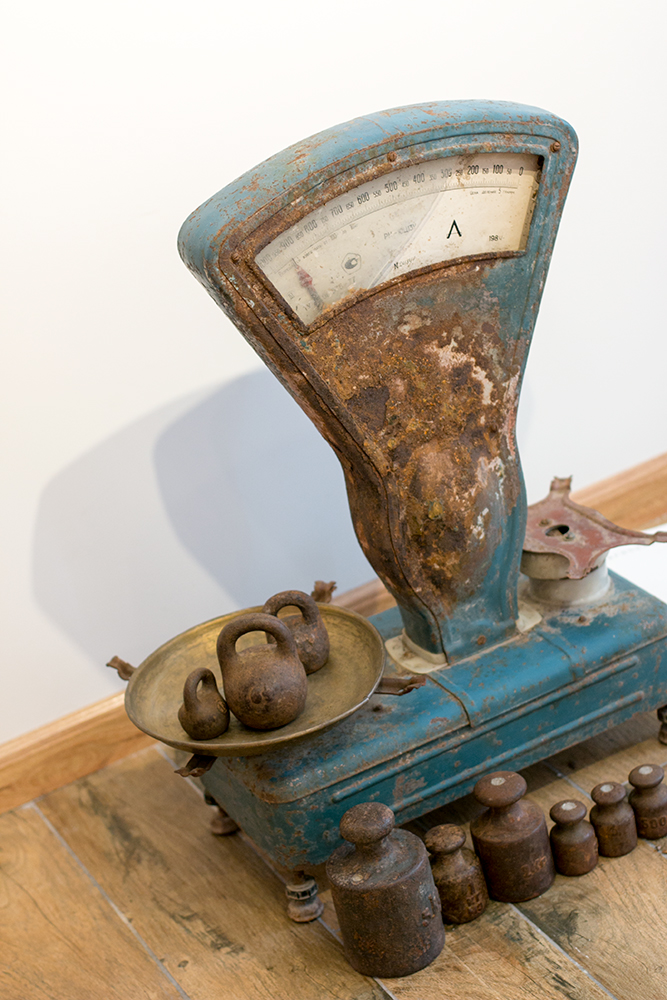
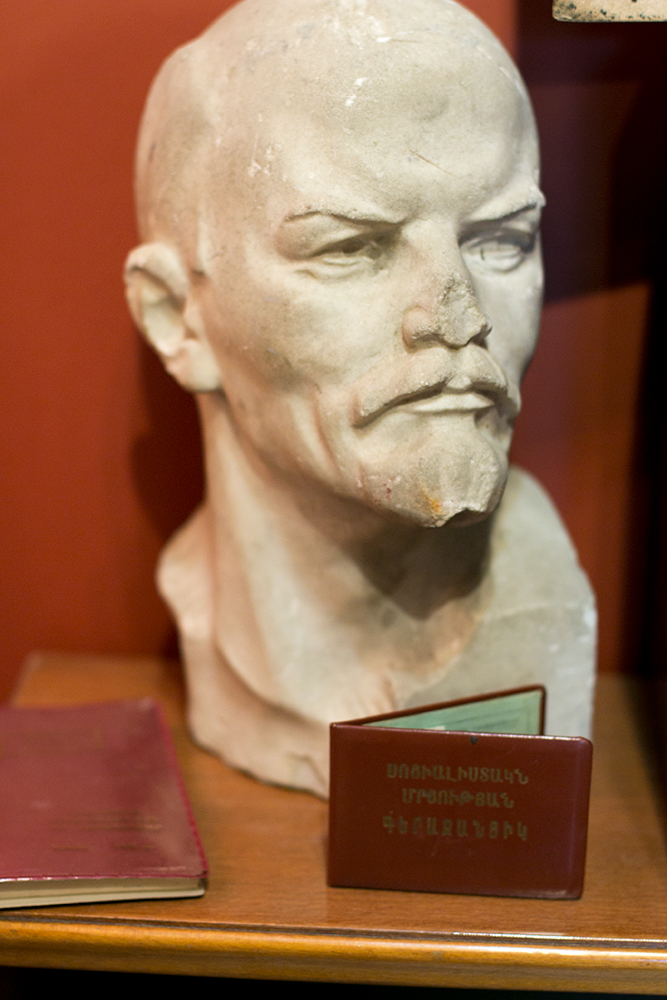


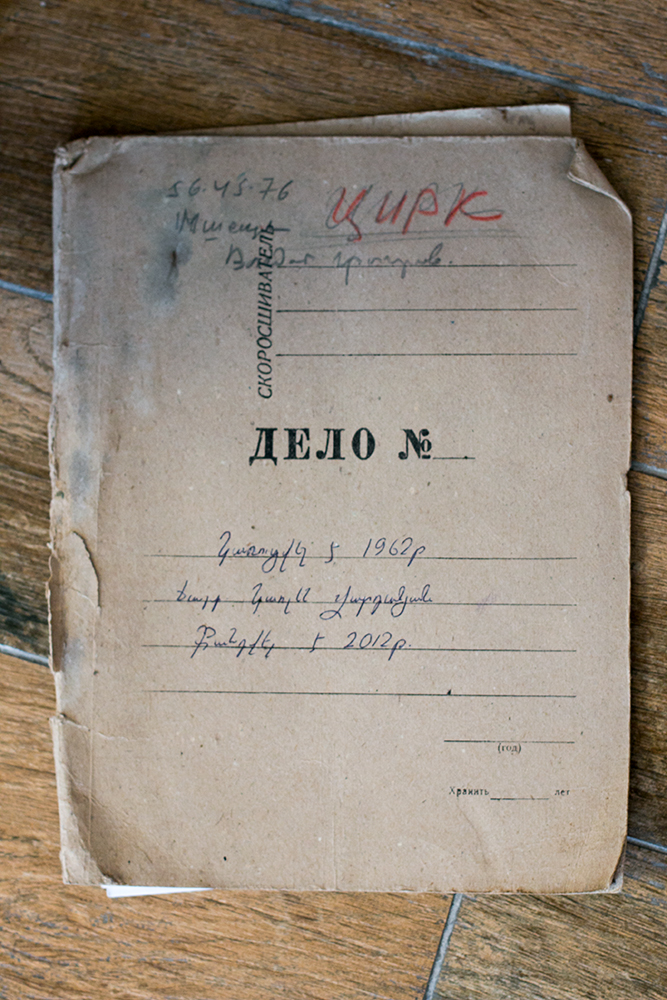





After entering the venue, I was greeted by the photographer himself who was kind enough to guide me through his impressive collection of photographs, ephemera and various objects from his private archive. There is a whole history behind the items, documents, photographs - it is the history of “childhood of Yerevan”, which has already been forgotten.
Covered market (Pak Shuka). Picture I took in 2011.
Covered Market (Pak Shuka). 2013
I was delighted to see the toys I used to play with when I was a child, tableware from the cafe we used to go, books, magazines. But absolutely devastated after seeing the pictures of iconic buildings on the verge of collapse, pictures of people being brutally removed from their homes to make place for ongoing 'development projects' of a questionable quality and need. The photojournalist took photos of the Covered Market (Pak Shuka), Dvin Hotel, Youth Palace, the Circus and Zvartnots. The only thing is that these beautiful structures no longer have the shine and beauty that they used to have. Moreover, many of them sadly doesn't even exist anymore.
Nearly 30 historical and cultural monument sites have been demolished in Yerevan since 2000, due to lack of protection. One of the recent controversial construction projects includes the destruction of the “Pak Shuka” or “Covered Market” (this is how it looked in 1984). Designed by Grigor Aghababian and built in 1952, it was famous for its cavernous, railway station-like interior, and its entrance facade that was inspired by the polygonal stone inlay entrance facades of medieval Armenian palaces and which contained motifs derived from the produce sold within, interspersed with Soviet motifs. Even though it was on the State List of Immovable Historical and Cultural Monuments of Yerevan as an officially recognized architectural monument it was partially destroyed and then turned into a modern shopping complex.
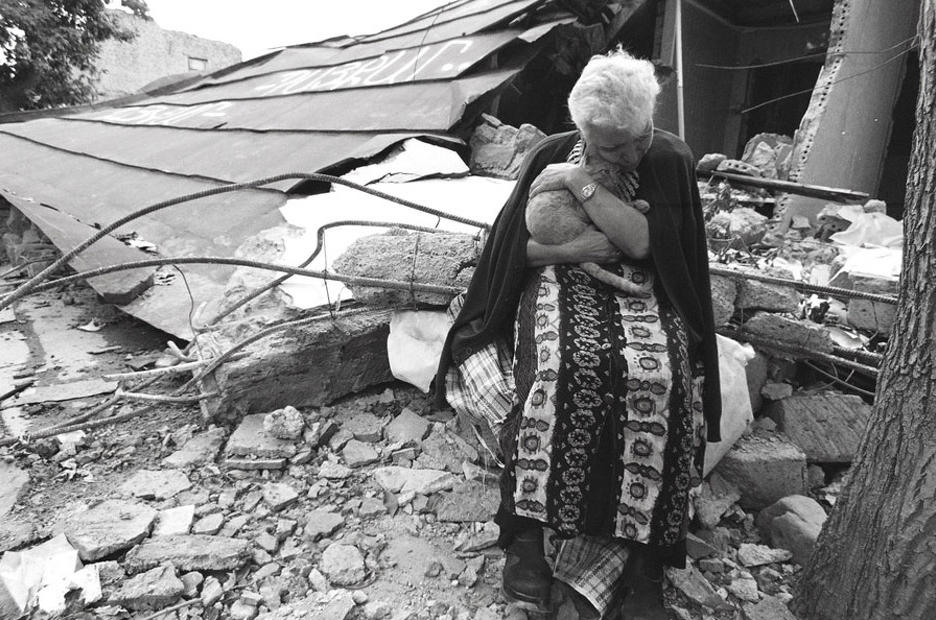
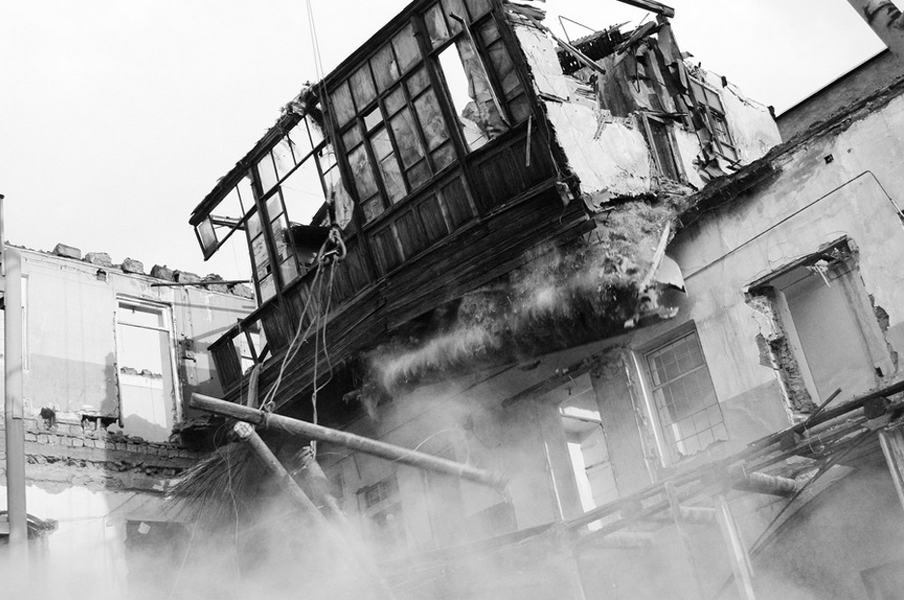

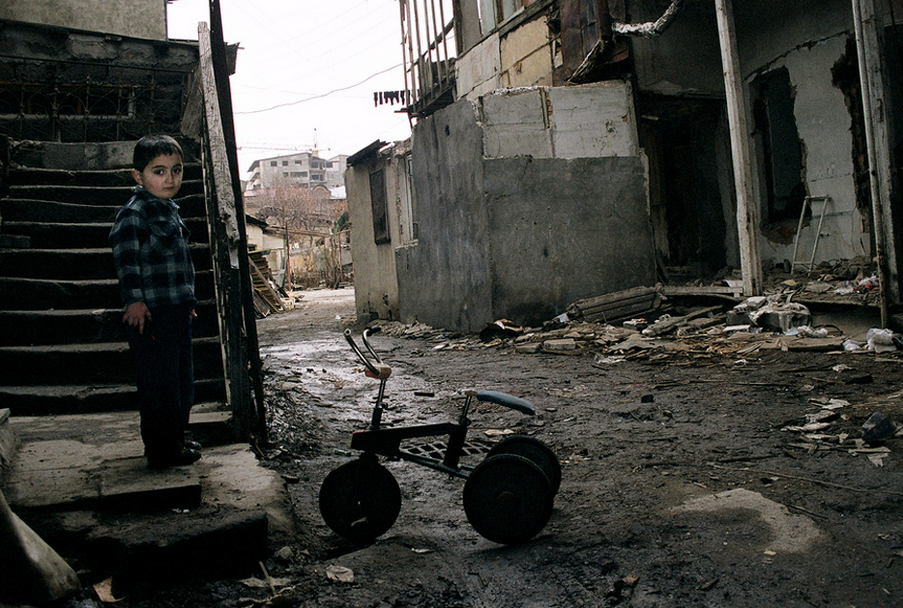

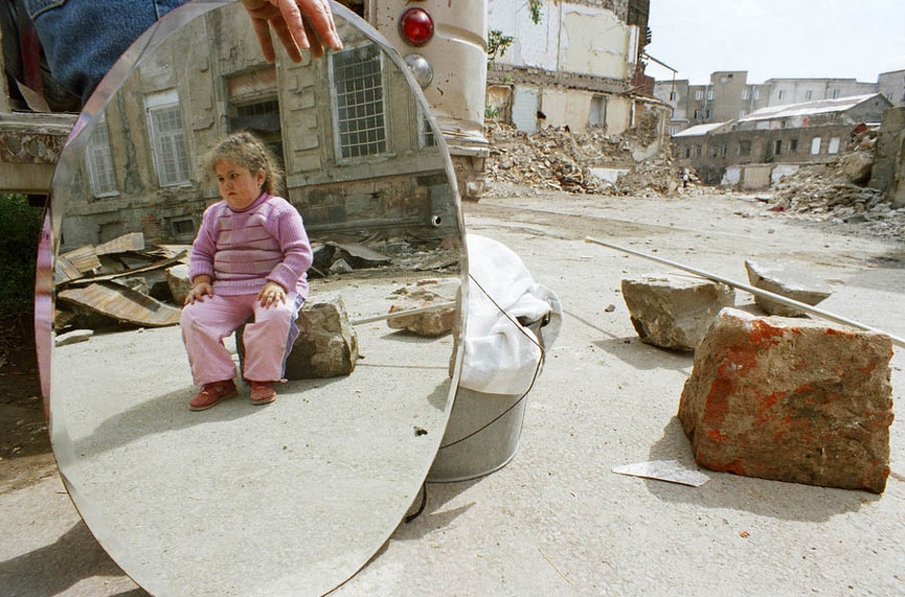
pictures by Hayk Bianjyan
Hayk Bianjyan says that this exhibition is an exhibition for all citizens of Yerevan and that each photo serves as an attempt to preserve the good memories.
“I want to open a “museum of memories” since memories are a very important thing in a person’s life. When I look at the archives, I realize that people built those buildings with joy and excitement, meaning it would be very wrong to erase that from the memory of people of Yerevan. The film can’t be edited.”
“I think of Hayk as a guardian of Yerevan’s history. A social activist of sorts, with his heart firmly rooted in the past, he is driven by the desire and need to preserve the city’s stories.”
Bianjyan’s photographs are part of his larger, ongoing documentary and archiving project that includes audio interviews, video, historical photographs, and personal objects and architectural details salvaged from the destructed homes. His short documentary, “Disappearing Memories,” has been screened in Armenia, Georgia and Canada; it chronicles the layering of what is now Northern Avenue over a historic neighbourhood in the heart of Yerevan. He has a growing archive of photographs and other ephemera left behind by the inhabitants of these spaces, and dreams of someday displaying them in a fixed space where one can go and experience what he believes was the golden age of Yerevan.
If you have an interest in history and want to bring "Ciao USSR" exhibition or other photographic work by Hayk Bianjyan to your city, please get in touch with Hayk - bianjyan.hayk@gmail.com.
Hayk Bianjyan - website/ behance/ photographic museum of humanity/ video/
video & pictures (opening)
you might also like
City of Dust: How an Ongoing Construction Boom Is Destroying Yerevan’s Architectural Heritage
Armenia remembers its architectural legacy
Yerevan 2015/ 2014/ 2011
Yerevan - World Book Capital



